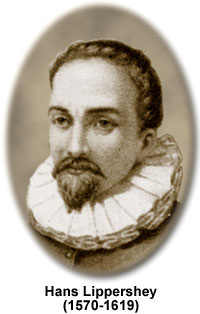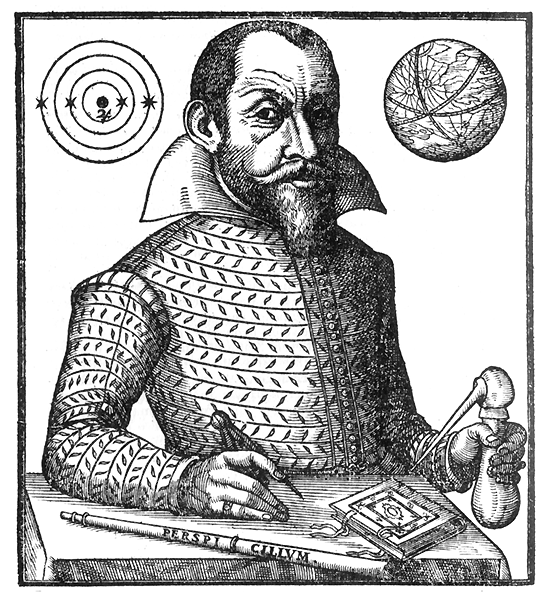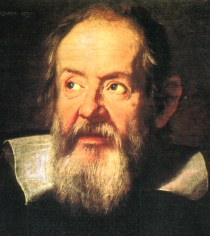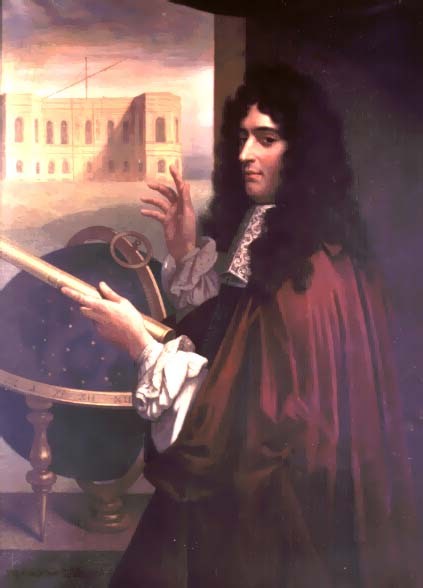
Politics
The early 1600 were a time of church authority and undisputable tradition. Such were these high emotions that in 1616, an edict was past prohibiting support of the Copernican thought of a heliocentric system. At the slightest suggestion of any thought other than the earth being the center of the universe and the church would actively rise against the authors of those notions. For example, Galileo was brought to Rome in 1633 and subjected to inquisition on charges of heresy. The panel of cardinals sentenced Galileo to life imprisonment and forced him to renounce his findings publicly. Needless to say, there was little incentive for observers to continue astronomical research. On the other hand, in the exception case of Hans Lippershy, the Dutch government supported him to manufacture instruments for seeing at a distance. This service, however, was contracted for the exclusive service of his country.
People
Nicholas Copernicus

A pre-telescope observer who bravely put forth findings that the earth was not immovable, and that heavenly bodies revolved in a heliocentric system (revolve around the sun).
Hans Lippershey

A Dutch spectacle maker credited as the inventor of the telescope. In 1608, Lippershy presented his refractive instrument to the Dutch government in petition for a 30 year contract to be the exclusive manufacturer of such instruments. A commission tested the instrument and, when found to be acceptable, the contract was granted. The government attached a caveat encouraging him to make an instrument for both eyes, thus introducing the concept of binoculars. Lippershy was retained in exclusive service to the State. The model Lippershy devised was composed of a weak convex objective lens and a strong concave ocular lens and capable of only three or four times magnification.
Simon Marius

Sometime between 1608-1609, Marius detected three satellites of Jupiter with a telescope he constructed using Belgian glass.
Galileo Galilei

Galileo did not invent the telescope but was the first to publish his findings. Galileo visited Venice in May 1609 and heard that a Belgian had constructed a telescope instrument. The day after he returned to Padua, he constructed his own telescope (by use of plano-convex and plano-concave lenses) which was only capable of about 8 times magnification. Galileo passed this instrument on to the Doge of Venice, but set to making another instrument with capacity of 32 times magnification. With this, Galileo proceeded to make numerous discoveries such as: Identified the 4 moons of Jupiter, the terrain of the moon (that it was not a perfect sphere), and that the once described “continuous band” of the Milky Way was actually a numberless volume of individual stars. In blaring reflection of his confidence, after 8 months of observations, he concluded that the past 2000 years of observers—who didn’t have telescopes—were wrong (the Book of Genesis, Aristotle, Ptolemy, and others).
Giovanni Cassini

Cassini’s observations sparked a lengthy controversy as to the actual rotation of Venus, a controversy that really was only settled as of recent. An accurate observation couldn’t be made, however, because the solid body of the planet was concealed by a thick cloud layer.
Isaac Newton

While a student at Cambridge, Newton investigated the color spectrum through prisms and expressed that the rainbow display was a property of the light, not of the prism. Newton described that the only way to improve on the power of a refractor telescope was to increase its length, but by doing so issues of rigidity and support arise. To remedy the drawbacks inherent in refraction telescopes, Newton introduced the concept and superiority of the reflector telescope.